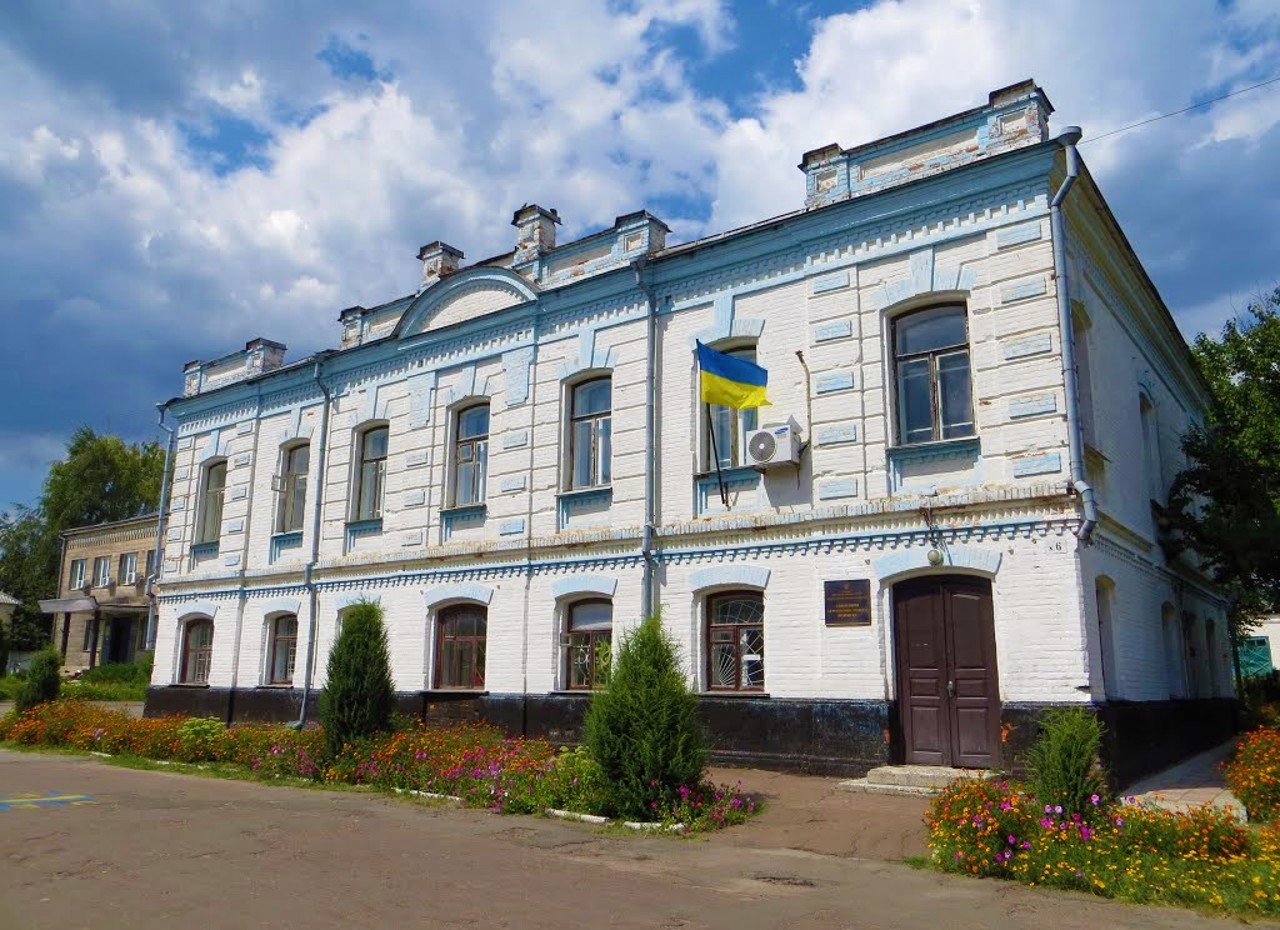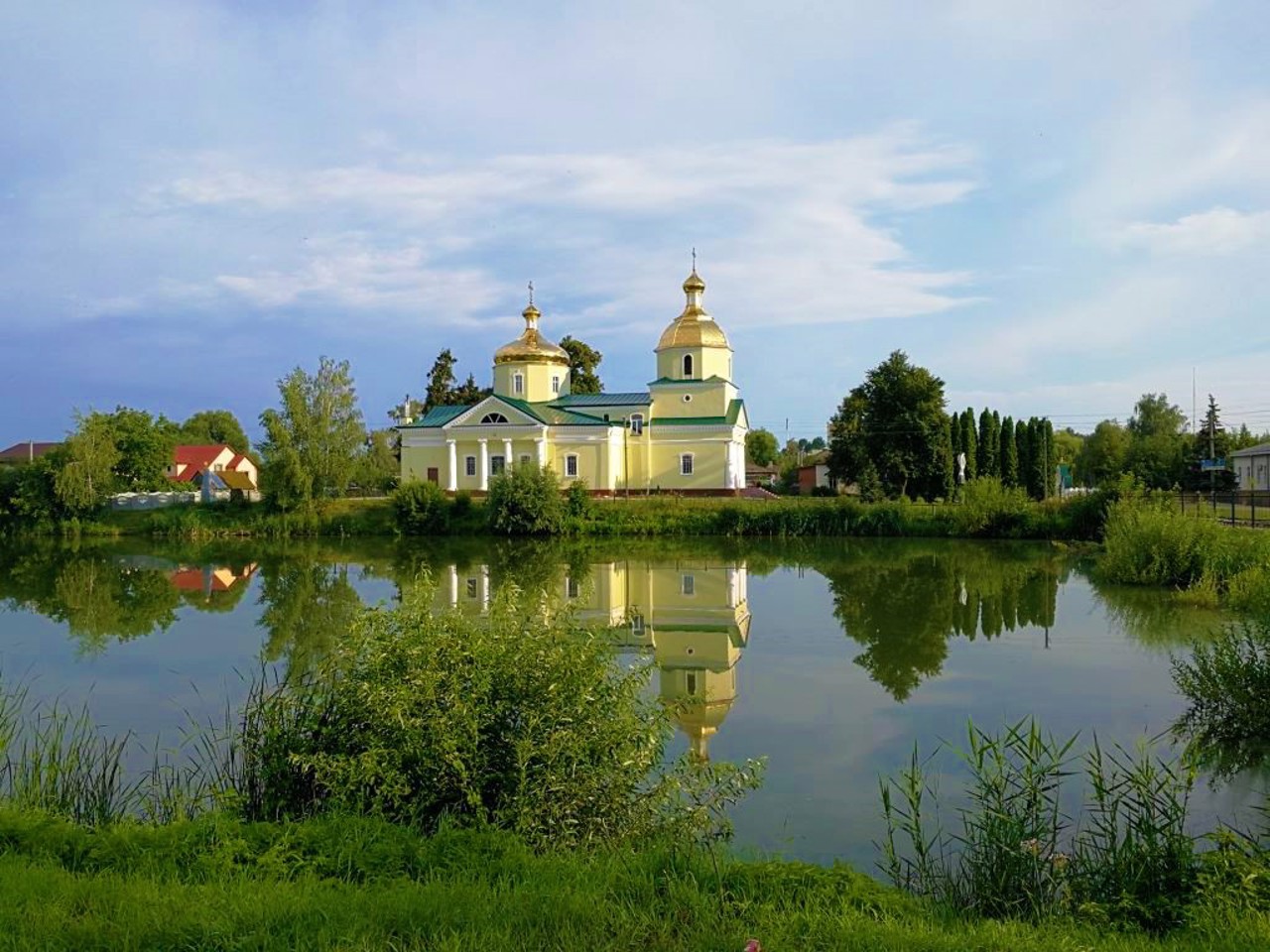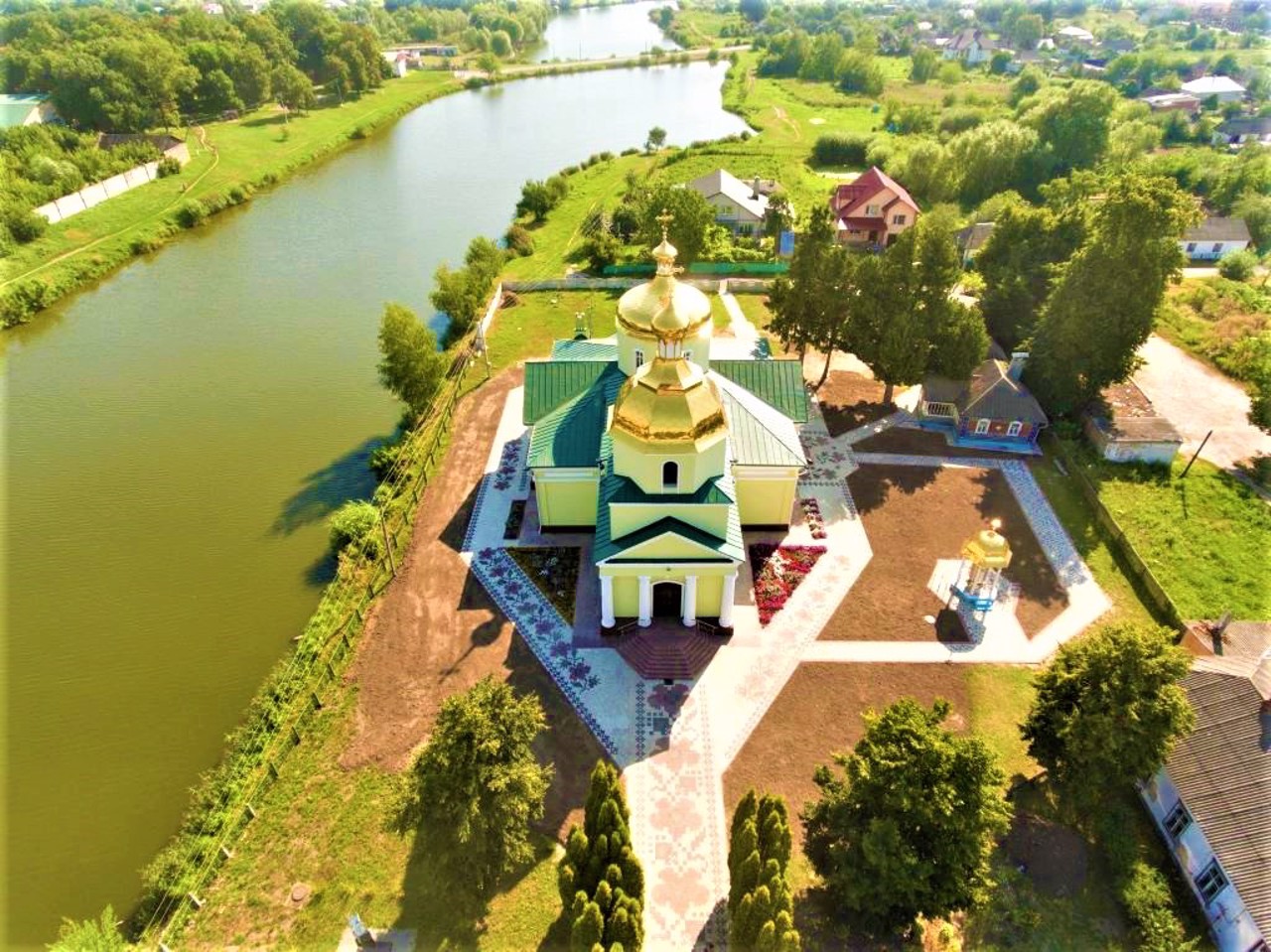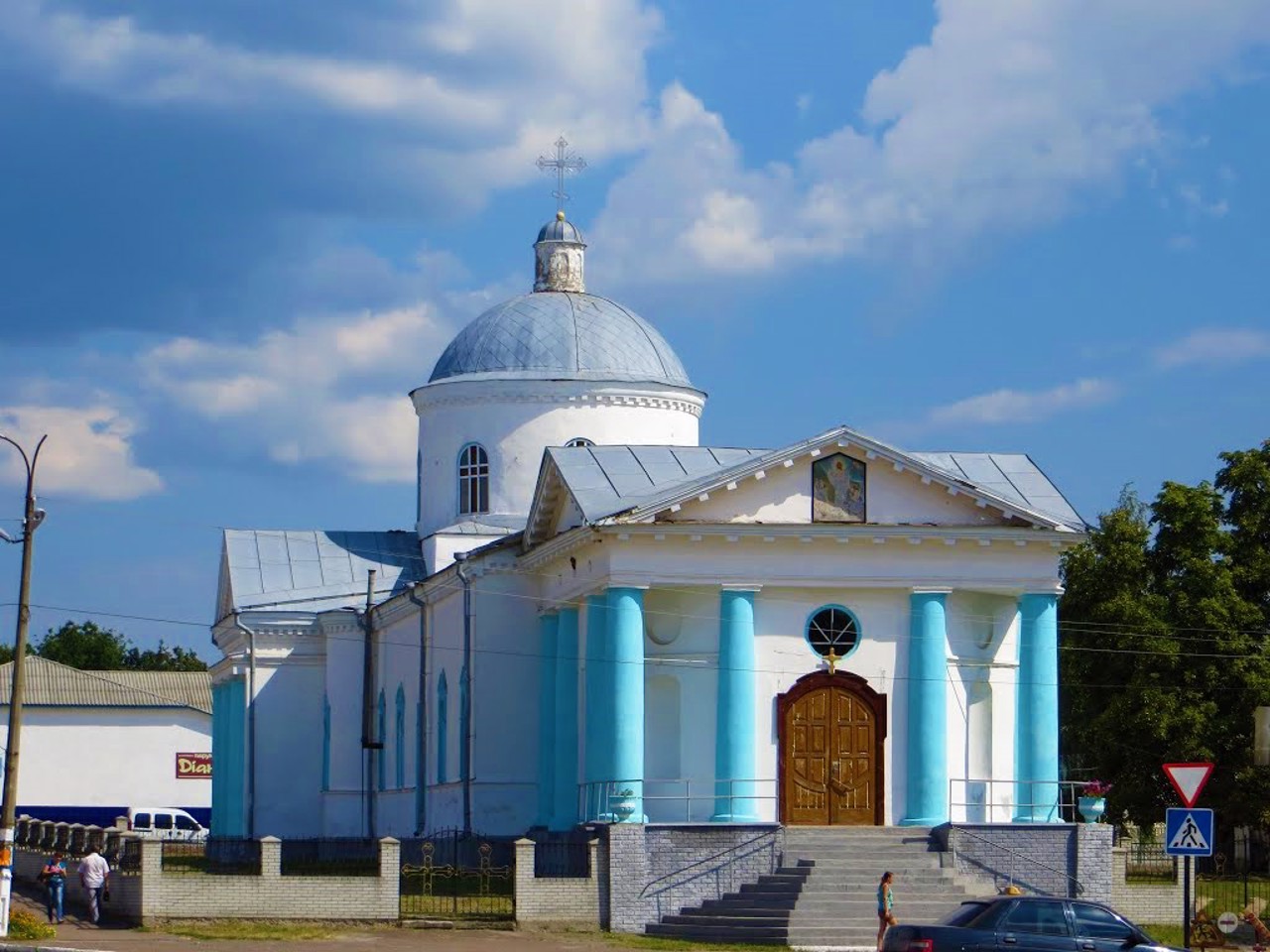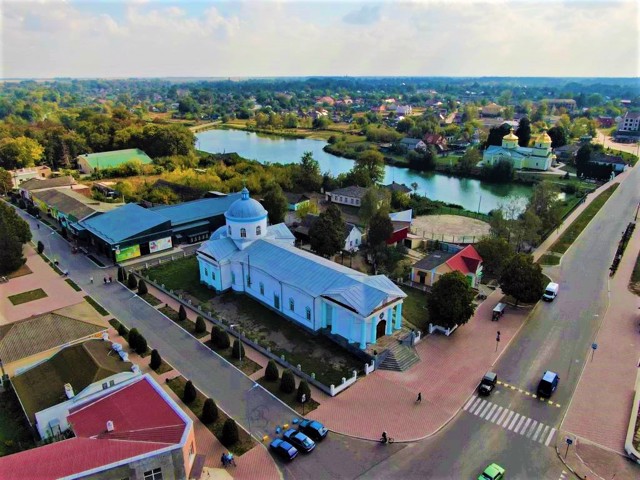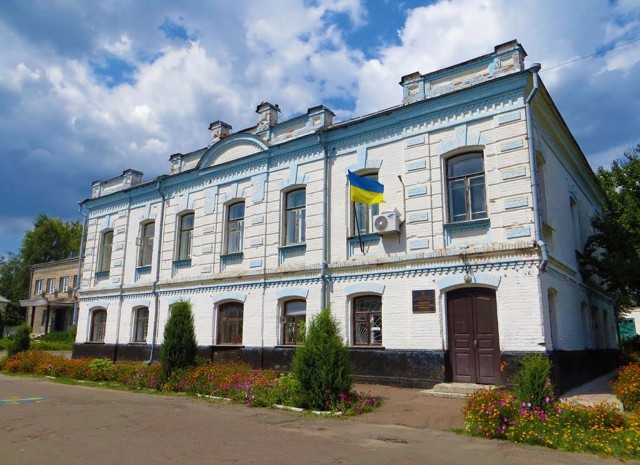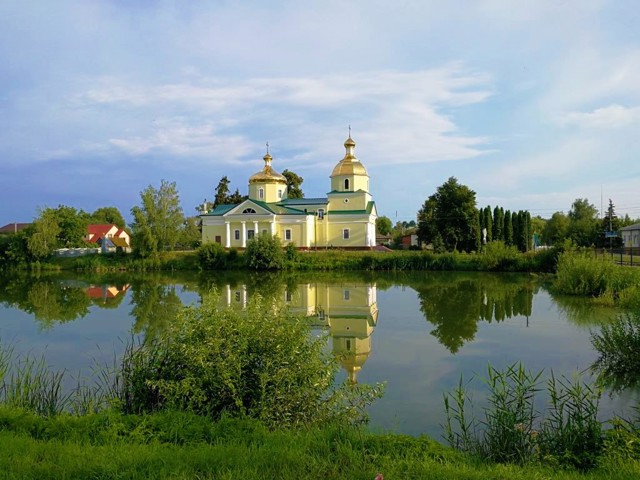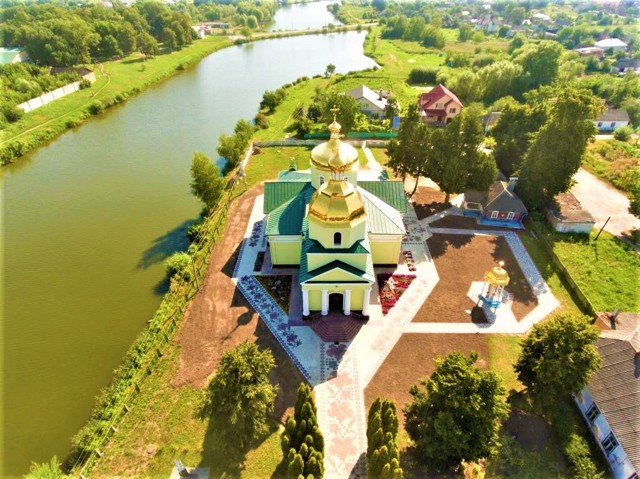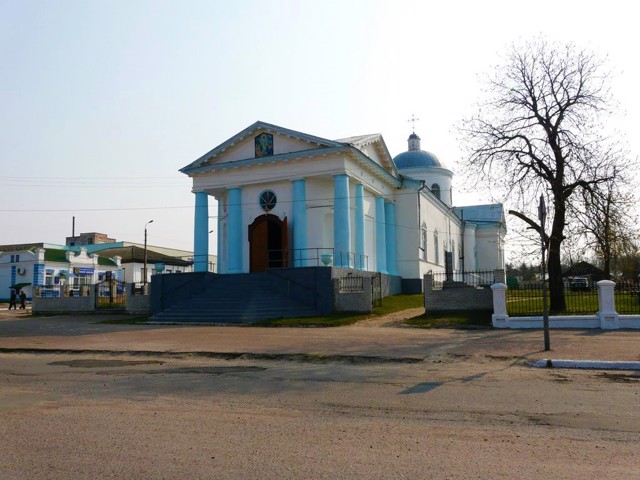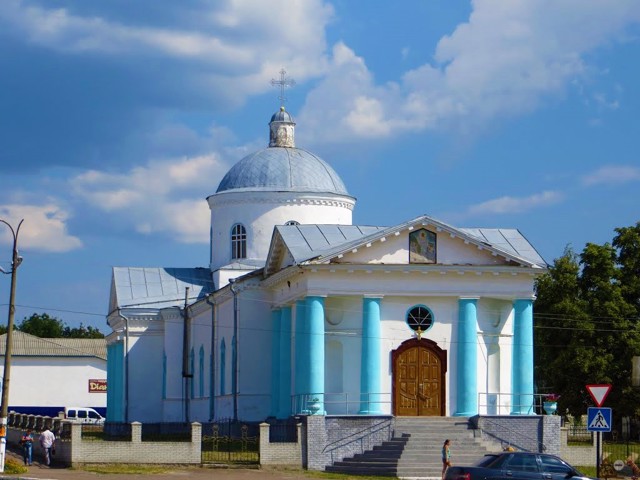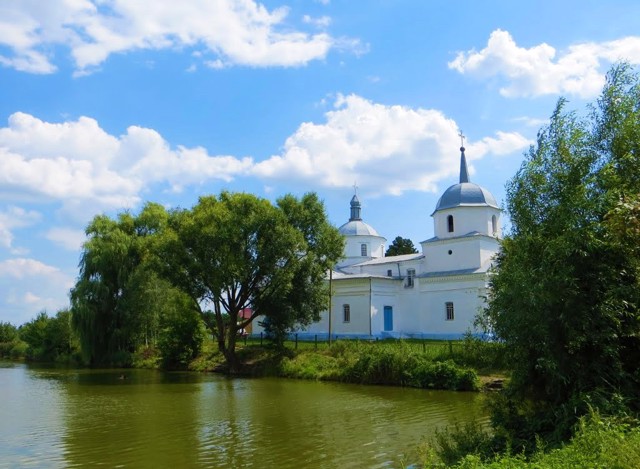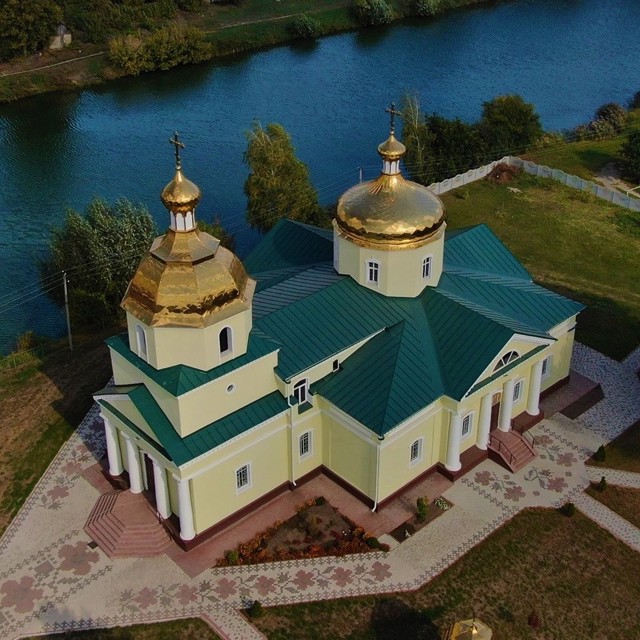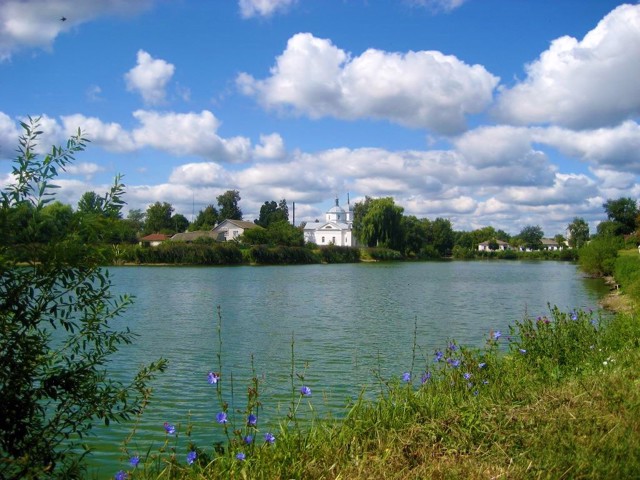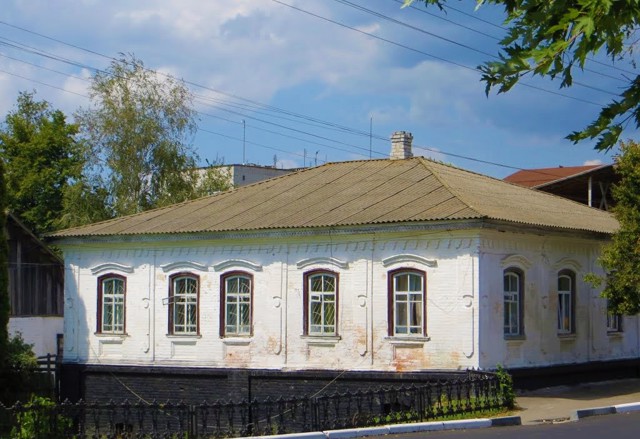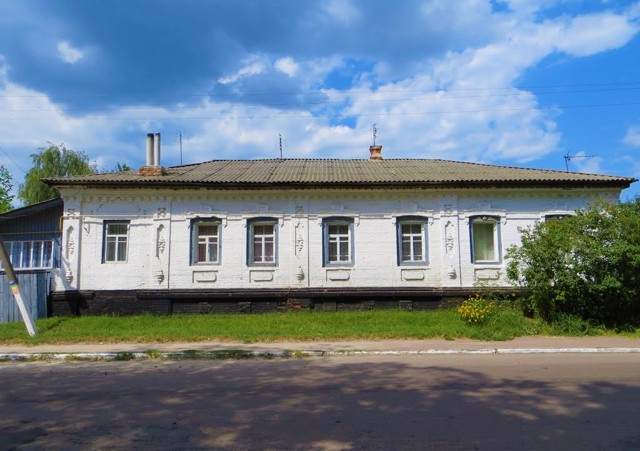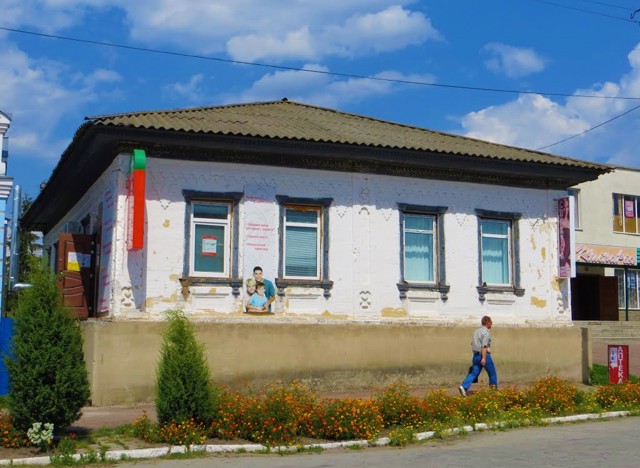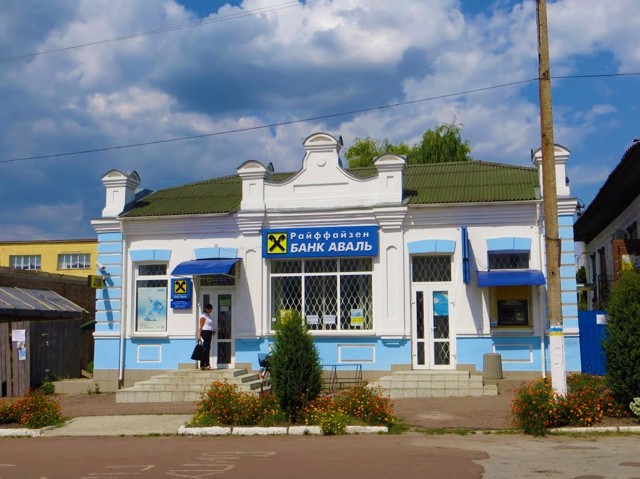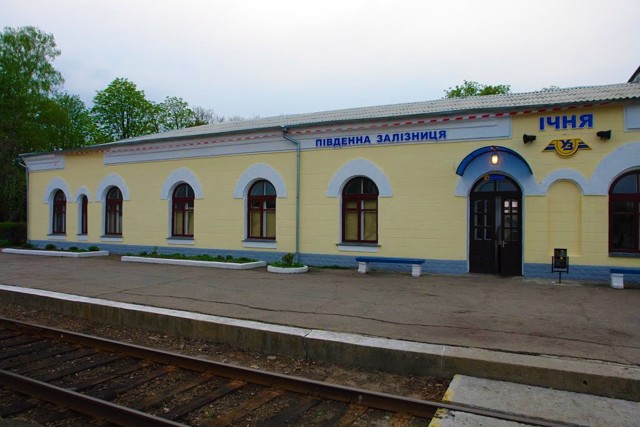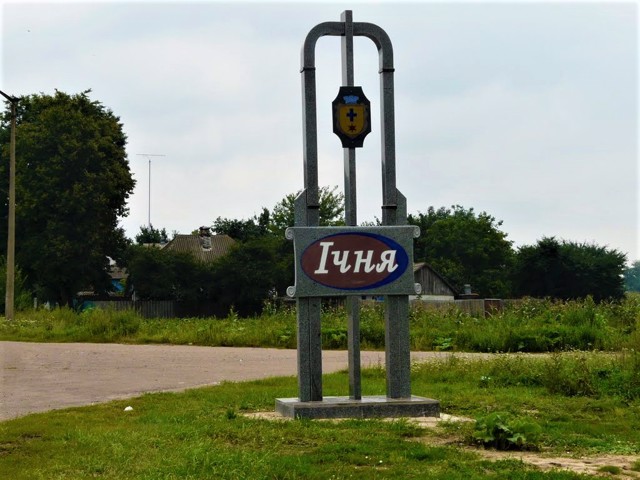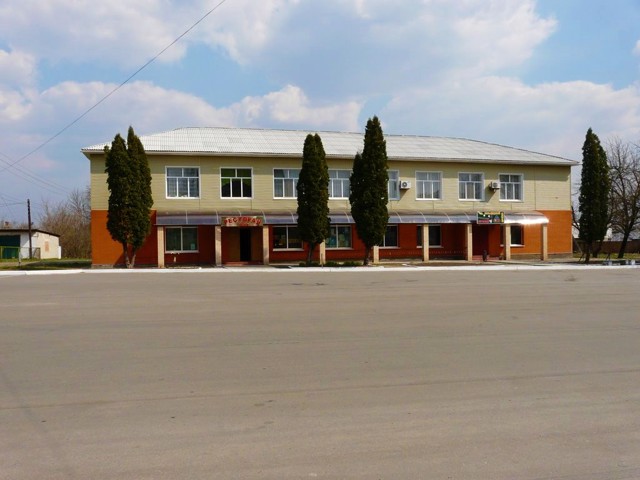Functional temporarily unavailable
General information about Ichnia
The provincial city of Ichnia is located between Borzna and Pryluky, at a distance from the main highways.
It was first mentioned in the 14th century, when it was part of the Grand Duchy of Lithuania. The Tatar name of the river Ichenka, which flows here ("Ichen" in Tatar means watering hole), indicates that there was once a Tatar camp here.
Since 1590, Prince Kostyantyn Vyshnevetskyi owned Ichnia, and during this period it received the status of a small town. In 1648-1649, the Ichnia regiment was created, but then Ichnia became part of the Prylutsky regiment. In the 17th and 18th centuries, there was an Ichnia Castle (not preserved). The landowner Hryhoriy Galagan was engaged in the development of industry in the 19th century.
The Resurrection Church (1810), ...
The provincial city of Ichnia is located between Borzna and Pryluky, at a distance from the main highways.
It was first mentioned in the 14th century, when it was part of the Grand Duchy of Lithuania. The Tatar name of the river Ichenka, which flows here ("Ichen" in Tatar means watering hole), indicates that there was once a Tatar camp here.
Since 1590, Prince Kostyantyn Vyshnevetskyi owned Ichnia, and during this period it received the status of a small town. In 1648-1649, the Ichnia regiment was created, but then Ichnia became part of the Prylutsky regiment. In the 17th and 18th centuries, there was an Ichnia Castle (not preserved). The landowner Hryhoriy Galagan was engaged in the development of industry in the 19th century.
The Resurrection Church (1810), the Transfiguration Church (1811) and the bell tower of the Saint Nicolas Church (1879) have been preserved.
In the village of Kachanivka, not far from Ichnia, there is the Tarnovsky Palace - one of the best palace and park complexes in Ukraine, a vivid example of the manorial architecture of the Left Bank.
Провінційне містечко Ічня розташоване між Борзною і Прилуками, на відстані від основних автомагістралей.
Вперше згадується в XIV сторіччі, коли воно входило до складу Великого князівства Литовського. Татарська назва річки Іченька, яка тут протікає (татарською "Ічень" - водопій), вказує на те, що колись тут була стоянка татар.
З 1590 року Ічнею володів князь Костянтин Вишневецький, і в цей період вона отримала статус містечка. В 1648-1649 роках був створений Ічнянський полк, але потім Ічня увійшла до складу Прилуцького полку. В XVII-XVIII століттях існував Ічнянський замок (не зберігся). Розвитком промисловості в XIX столітті займався поміщик Григорій Галаган.
Збереглися Воскресенська церква (1810 рік), Преображенська церква (1811 рік) і дзвіниця Миколаївської ...
Провінційне містечко Ічня розташоване між Борзною і Прилуками, на відстані від основних автомагістралей.
Вперше згадується в XIV сторіччі, коли воно входило до складу Великого князівства Литовського. Татарська назва річки Іченька, яка тут протікає (татарською "Ічень" - водопій), вказує на те, що колись тут була стоянка татар.
З 1590 року Ічнею володів князь Костянтин Вишневецький, і в цей період вона отримала статус містечка. В 1648-1649 роках був створений Ічнянський полк, але потім Ічня увійшла до складу Прилуцького полку. В XVII-XVIII століттях існував Ічнянський замок (не зберігся). Розвитком промисловості в XIX столітті займався поміщик Григорій Галаган.
Збереглися Воскресенська церква (1810 рік), Преображенська церква (1811 рік) і дзвіниця Миколаївської церкви (1879 рік).
В селі Качанівка неподалік від Ічні розташований палац Тарновських - один з найкращих палацово-паркових комплексів України, яскравий зразок садибної архітектури Лівобережжя.
Сплануй своє перебування у Ichnia
What to see and where to go in Ichnia
Tourist attractions and museums of Ichnia
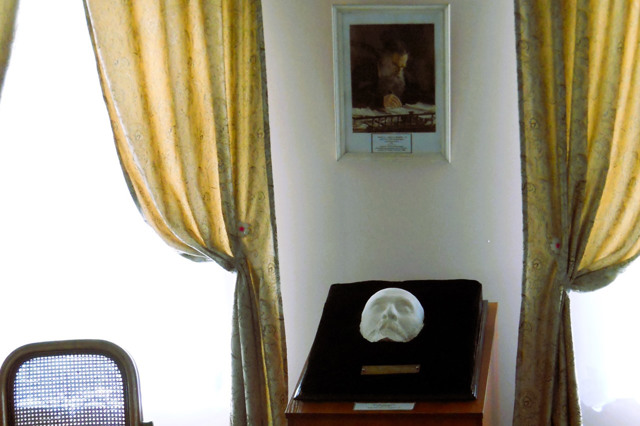
Artist Mykola Ge Museum
Museum / gallery
The Museum of the Artist Mykola Ge was opened in 19179 in the village of Ivanhorod near Ichnia thanks to the efforts of the history teacher Oleksandr Tsyhanok and the great-niece of the artist Olha Kuznietsova.
For a number of reasons, the museum in the village of Ivangorod later ceased its activities. In order to preserve the collected exhibits, it was decided to move the museum to Ichnya. In 2011, to the 180th anniversary of the birth of Mykola Ge, the museum opened as a department of the Ichnia Local Lore Museum, which is dedicated to the life and work of the outstanding painter of the second half of the 19th century, one of the founders of the Society of Traveling Art Exhibitions.
The museum's exposition reflects the artist's life and creative path, presents memorial items from that period, a number of rare exhibits, including the death mask of Mykola Ge, unique photos, photocopies of his most famous paintings, as well as works by contemporary artists and sculptors that highlight the life of Mykola Ge.
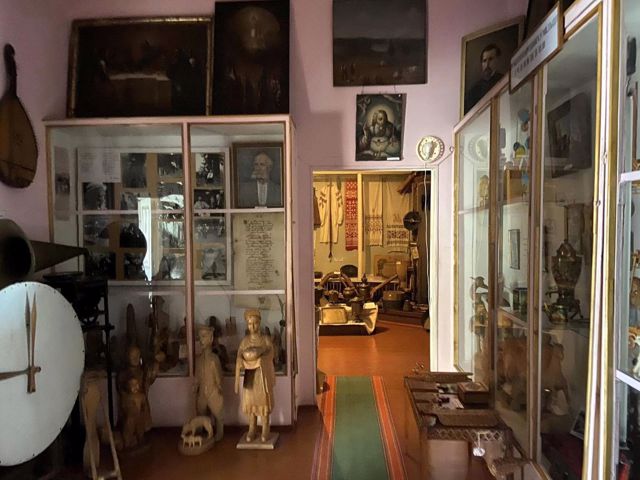
Ichnia Local Lore Museum
Museum / gallery
The Ichnia Museum of Local Lore is located in a small one-story building near the city center.
Founded in 1961 by local historian Mykola Butko. 7,000 exhibits reflect the nature and history of the Ichnia region.
Of particular note is the original collection of samovars, pottery tiles and pottery products, icons and old prints, Ukrainian shirts, towels, weaving products and wood carvings. The museum presents works by local artists and masters of decorative and applied arts, in particular a unique selection of wood carvings by Anton Shtepa.
The Museum of the Artist Mykola Ge is a department of the Ichnia Local Lore Museum.
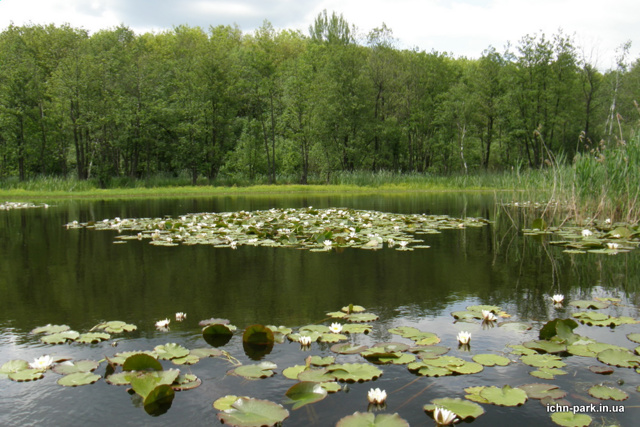
Ichnia National Natural Park
Reserve
The Ichnia National Nature Park protects unique forest-steppe complexes in the upper reaches of the Uday River in the northwest of the Left Bank-Dnipro Forest-Steppe Province.
Maple, linden, hornbeam and oak can be found in the local forests, many medicinal plants grow, in particular. listed in the Red Book of Ukraine (forest lily, summer plantain).
On the territory of the Ichnia National Nature Park, the ecological and educational trail "In the Ichenka Valley" and the ecological and touristic route "Sadove" have been arranged. In the picturesque corners of the park there are places for short-term rest - benches, tables, shelters from the rain. For long-term rest, there are cabins, and tourist equipment is available for rent.
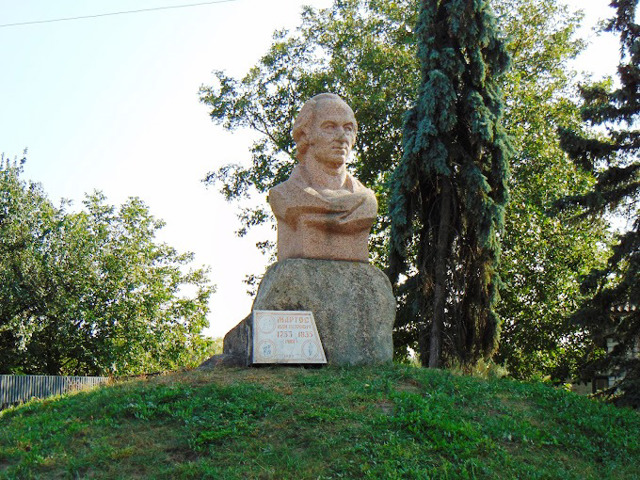
Ivan Martos Monument
Monument
A monument to the sculptor-monumentalist Ivan Martos was erected in his homeland in Ichnia in 1980.
Ivan Martos was born in 1754 in Ichnia in a Cossack family. His most famous work is the monument to Minin and Pozharsky on Red Square in Moscow. During the creation of Martos's sculptures, his sons posed. On the front bas-relief, he depicted himself as a Roman patrician who pushes his sons forward, giving the most precious thing he has to the Motherland. Martos's face was made by his student Samuyil Halberh, keeping his portrait resemblance to his teacher.
In Ukraine, Martos's most famous sculptures are the Dyuk de Rishelye monument in Odesa, the Hrihoriy Potomkin monument in Kherson, and the tombstone of Hetman Kyrylo Rozumovsky in the Baturyn Resurrection Church.
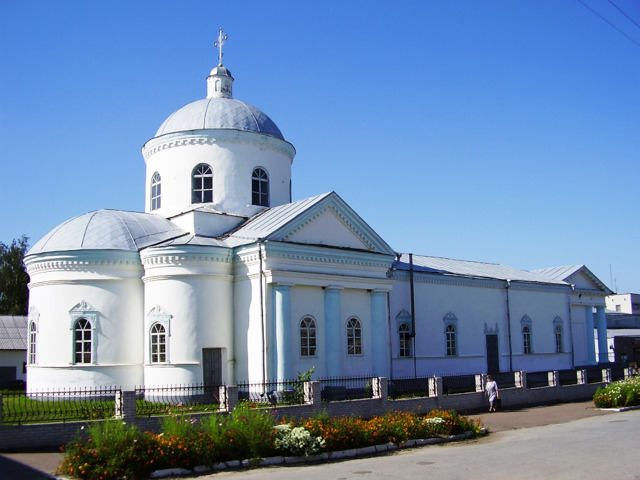
Resurrection Church
Temple , Architecture
The Resurrection Church is located in the very center of Ichnia.
The construction of the church at the expense of the parishioners began in 1806, and after 4 years it was consecrated. The temple is cross-shaped, elongated (60 meters), with a wide middle dome. Inside - a gilded single-tiered iconostasis by master Kulahin. The walls and dome are decorated with frescoes.
In 1844, a two-story belfry was built, on which there was a bell weighing 4,272 kilograms, cast in Nizhyn.
Currently, the Church of the Resurrection belongs to the UOC of the Moscow Patriarchate.
Reviews Ichnia
Geographical information about Ichnia
| {{itemKey}} | {{itemValue}} |
|---|---|
| Region |
Chernihiv |

